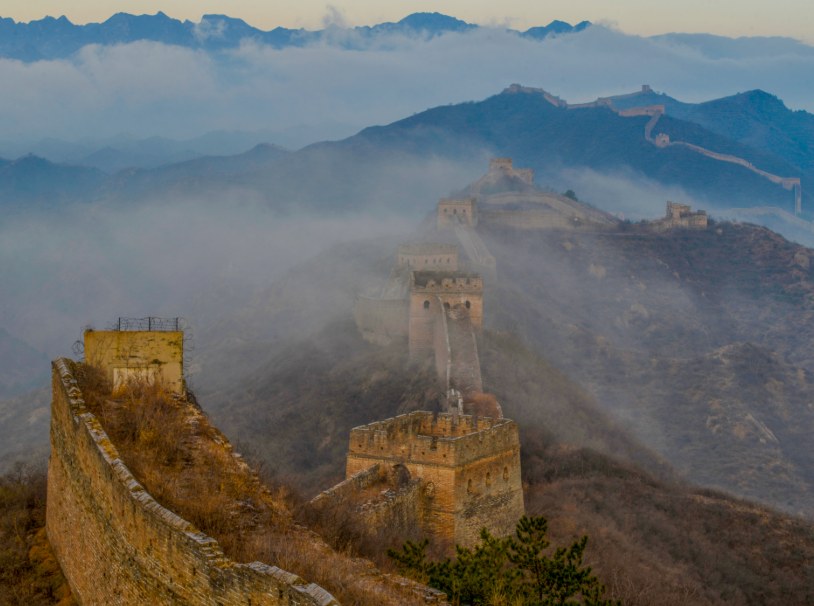What Impact Did the Construction of the Ancient Great Wall Have on the Local Ecological Environment
The construction of the ancient Great Wall had a profound and multi - faceted impact on the local ecological environment. On one hand, the large - scale extraction of building materials like stones and wood led to deforestation in certain areas. Forests were cleared to provide timber for scaffolding, gates, and other wooden components of the wall. This reduction in tree cover could have led to soil erosion, changes in local microclimates, and a decline in wildlife habitats. Additionally, the construction process involved the mobilization of a vast workforce. Their presence led to increased human activities, such as farming for food supply and the building of temporary settlements. This further disrupted the natural ecosystem, with more land being converted for agricultural use and waste disposal becoming an issue. However, over time, as the Great Wall became a fixed structure, it also had some positive ecological effects. It acted as a physical barrier that could protect certain areas from overgrazing by livestock, and in some cases, the wall and its surrounding areas became a refuge for some plant and animal species that adapted to the unique environment it created.

Related News
- How Wide is the Horse Road on the Great Wall 03-29
- Can the Great Wall Be Seen from Space 03-29
- Are There Any Virtual Tour Projects of the Great Wall 03-29
- Are There Any Virtual Tour Projects of the Great Wall 03-28
- What Impact Did the Construction of the Ancient Great Wall Have on the Local Ecological Environment 03-28
- What is the Drainage System of the Great Wall Like 03-28
- Which Literati and Poets in History Have Described the Great Wall 03-28
- Is There Graffiti or Carving on the Great Wall? How is it Managed 03-28
- How were the Garrisons Arranged on the Ancient Great Wall 03-28
- Are There Differences in Ticket Prices for Different Sections of the Great Wall 03-28
